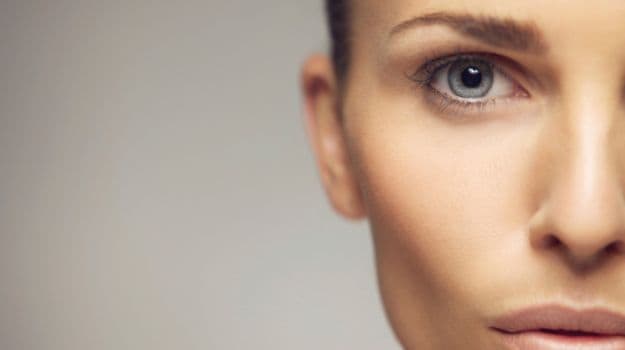The research team took scans of twins' faces using 3-D cameras and custom built statistical software to generate thousands of points that were perfectly aligned across the faces and then measured how 'curved' each face looked at each one of those locations.They then compared how similar these measurements were between identical twins, who have the same genes, and non-identical twins, who only share half of the genes.
"The notion that our genes control our face is self-evident. Many of us have facial traits that clearly re-sample those of our parents and identical twins are often indistinguishable," said lead researcher Giovanni Montana. "However, quantifying precisely which parts of the face are strongly heritable has been challenging so far."

By seeing which parts of the face are the most similar in shape in a pair of identical twins, the researchers then calculated the likelihood that the shape of that part of the face is determined by genetics. This likelihood is quantified as the "heritability", a number between zero and one, where a larger number implies that it is more likely that the shape of the face is controlled by genes.
"By combining 3D models of the face with a statistical algorithm that measures local changes in shape, we have been able to create detailed 'face heritability maps. These maps will help identify specific genes shaping up the human face, which may also be involved in diseases altering the face morphology," added Montana.
The study was published in the journal Scientific Reports.Inputs from IANS









